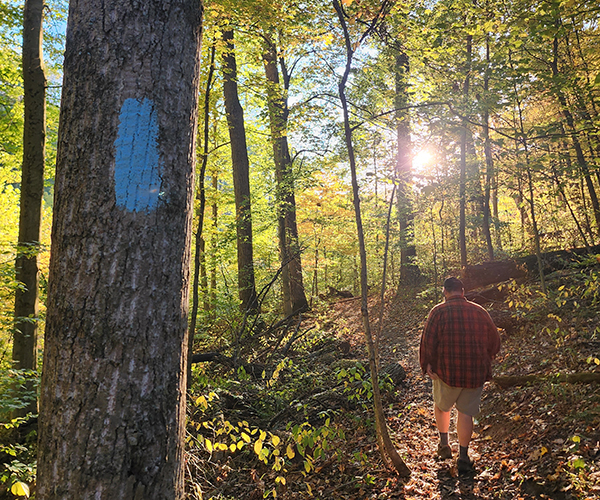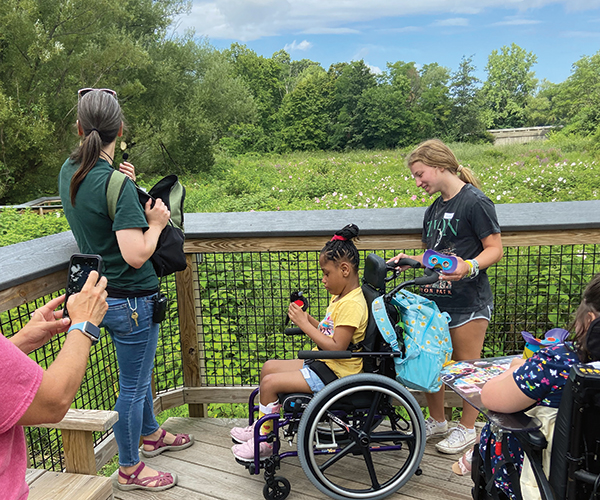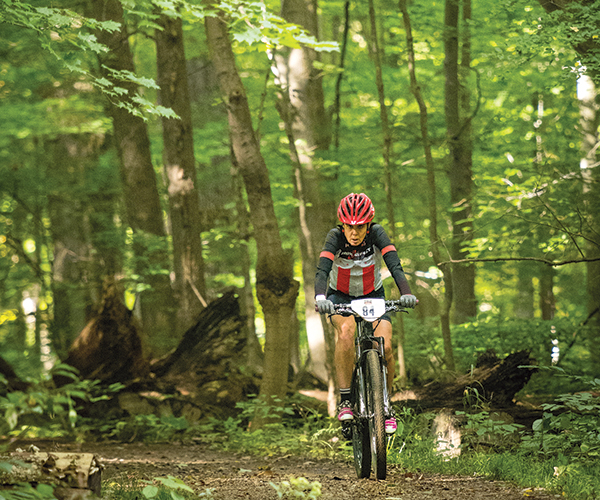I watch as my friend's inner German, never far from the surface, kicks into high gear as we step into Über'm Rhein (Over-the-Rhine), a historic neighborhood once separated from downtown Cincinnati by the Miami and Erie Canal and nicknamed the Rhine by the many German immigrants who settled here through most of the 1800s.
Looking at the broad, tree-lined streets fronting around 940 ornate three- to five-story brick edifices built more than a century ago, he sees its past: a bustling area with the only daily German language newspaper in the country and where German was the language at home and on the streets. I see its present: trendy shops, art galleries and studios, businesses and restaurants housed in the largest collection of Italianate architecture in the U.S.
While he marvels at the exteriors with their brightly painted and elaborately worked scrolls and cornices, I poke inside the shops located below. I longingly look at the urban style furnishings and accent pieces at Joseph Williams Home and wonder if I can possibly fit into the red dress in the window at Couture Couture Boutique, before ducking into Iris BookCafe for tea. A haven for lovers of rare, used and collectible tomes, the book store and cafe offers a revolving exhibition of local arts.
I peruse the works of local and regional artists at MiCA 12/v, a family owned store dedicated to "world domination of small design lines, handmade items and local fine craft" (their words not mine, but you have to love the concept). I tarry over the black beaded bracelets and then, my attention diverted by the journals made from vintage book covers, I select two for upcoming birthday gifts.
At Taste of Belgium, we order sweet and dense Liège waffles thick enough to be eaten like donuts and paper-thin Nati crepes filled with roasted peppers, onions, Provolone cheese and goetta (a popular German concoction of pork, oats and spices).
We stroll through the 8-acre Washington Park to walk off at least a portion of the goetta. The park is fronted by the 1878 High Victorian Gothic Revival style Music Hall, a grand pile of red pressed bricks molded into 2 1/2-acres of turrets, garrets and gables.
Not far beyond is the bustling Findlay Market, a swarm of indoor and outdoor food vendors. When the market first opened in 1855, Eckerlin Meats was one of many catering to German tastes. Now there are Vietnamese baguette sandwiches at Pho Lang Thang and handcrafted seasonal gelatos at Dojo Gelato. But to Rick's delight, Eckerlin remains as well, still selling sausages, meats, cheese and, of course, goetta.



